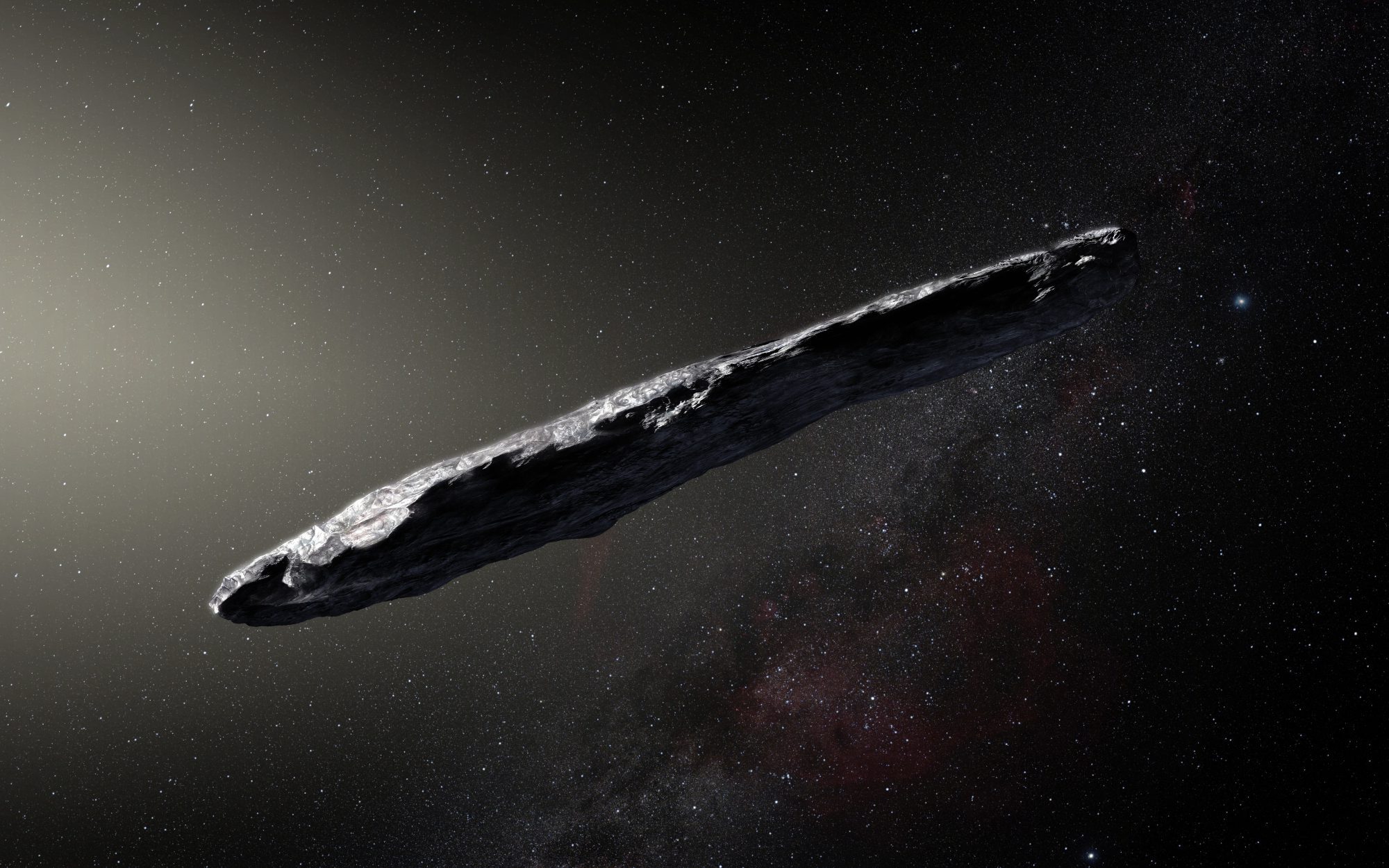Where did the extrasolar comet ʻOumuamua come from?
This past year, our Solar System had an interstellar visitor. ʻOumuamua, which was discovered in October 2017, was first thought to be an asteroid. Then it was determined that it had changed its course by itself (and not due to gravitational interaction with the Sun or the planets). Its “propulsion system” is thought to be volatile substances that sublimated during the object’s approach to the Sun – typical behavior for a comet.
But where did this extrasolar comet come from?
Using data from the European Space Agency’s Gaia mission, scientists identified a total of 28 possible stars that ʻOumuamua might have once called home. A million years ago, the comet came relatively close to the dwarf star HIP 3757 – the closest approach of any of the candidates, but it was moving at a relatively high velocity. 3.8 million years ago, it was in the vicinity of the Sun-like star HD 292249, where ʻOumuamua had the lowest velocity of all its encounters. A compromise between proximity and velocity is 2MASS J02335086+0144054.
None of the 28 systems, however, has known planets that could have slingshot the comet out of the system.
Researchers are hoping that the next set of Gaia data, which will be a whole order of magnitude richer, will provide some insight. ʻOumuamua’s next appointment, however, is a little clearer: in 716,000 years, the comet will meet TYC 4600-1769-1, but at a high velocity so it will likely fly through this system too.
